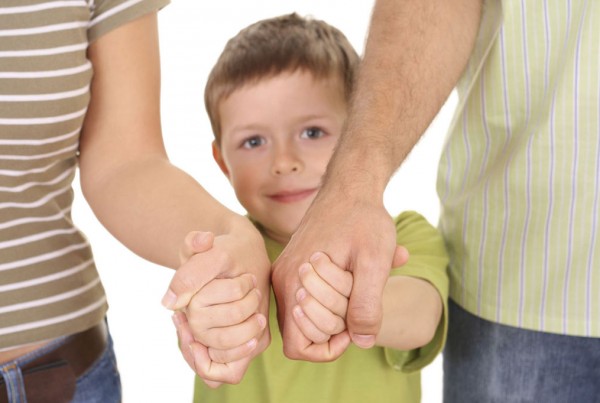
“What do any of us want in an intimate relationship”?
Most of us would answer this question with a resounding, “I need and want an emotionally safe relationship”. We need to feel safe enough to go to one another without fear of criticism or rejection.
Angry criticism is an attempt to change our partner’s behavior and is a protest response to isolation and abandonment by the partner. Avoidant withdrawal is an attempt to defuse the situation and manage fears of rejection. Couples can add to their problems by engaging in both of these types of dysfunctional communication. Work is done on two levels in couples’ therapy:
Intrapsychic: how individuals process their experiences, specifically their emotional responses.
Interpersonal: each person’s pattern of interaction.
In other words, there is emotional communication and behavioral communication.
It is easier and emotionally safer for us to deal with our problems on an intellectual level. However, we all need and want to be heard on an emotional level. That is where the intimacy exists. That emotional interaction creates the foundation for a healthy relationship.
The goal of couples’ therapy is not to blame each other. Rather it is an exploration into how each partner has contributed to the problem. Couples therapy is a safe place to sort out communication and relationship issues.
Identification of the problem is required if a solution is Continued on page 3 going to be found. Both partners have to be willing to own his/her limitations and be prepared to change. Therapy also focuses on each person’s strengths.
The therapy process presents the couple with opportunities to experiment with new ways to be together, so that they can make conscious choices about the kind of relationship they wish to create. (Susan Johnson, Ed.D. 1996)
The above are suggestions and guidelines only. Please consult a health care professional regarding specific situations.
It’s probably unrealistic to expect that we can make our children forget about appearance altogether. And despite my own lack of interest in matters culinary, I doubt that society, as a whole is likely to shift its focus away from food anytime soon. Nevertheless, I’d like to think that we parents can have some impact. Some things that I’d like to think of as “no-brainers” still happen all the time, such as making negative comments about our children’s weight. Research shows that this kind of comment is particularly damaging for young girls, and especially when it comes from dad. I like to emphasize what our bodies can do rather than what they look like. I also encourage my kids to eat lots of good food so that they can have energy for the things they want to do. Kids also learn by example so it’s particularly important to watch what we say and do regarding our own habits. So, in addition to trying my best to act in healthy ways, I’m mindful of what I say when I “slip up”, as humans are known to do. When I’ve let my routine slide from time to time, I say things like “I want to do more things so that I can feel better”, as opposed to something along the lines of “Oh god, I feel so fat!”.
Another important find regarding eating disorders is that sufferers tend to base their self-esteem primarily on appearance. Again, we parents must battle a veritable tidal wave of messages from the media and other sources, which equate appearance with worth. However, it’s crucial that we help our children develop multiple sources of self-worth. Those suffering from eating disorders also tend to be perfectionistic as well, so we also need to send the message that we love our children unconditionally. Not that there’s anything wrong with encouraging and rewarding success. But at the end of the day, they need to know that we love them win or lose, and no matter what the “package”. Now will my children continue to love me despite my preference for family adventures over baking cookies…?



